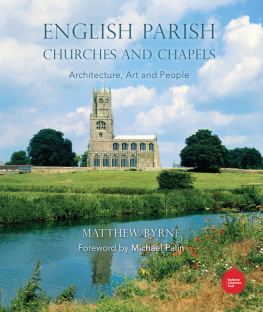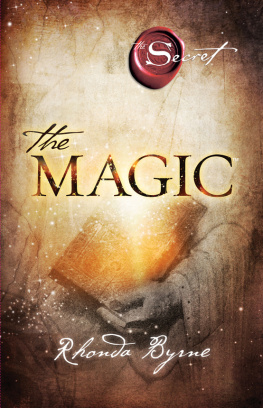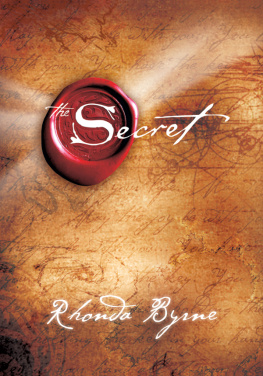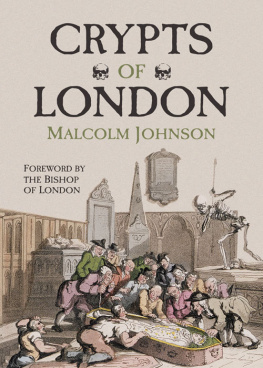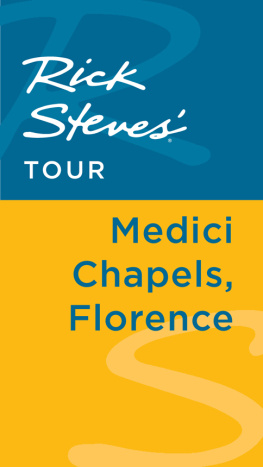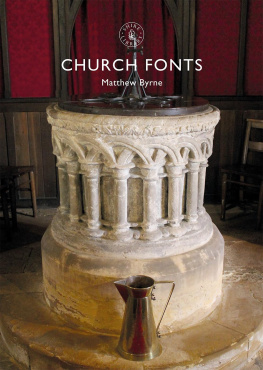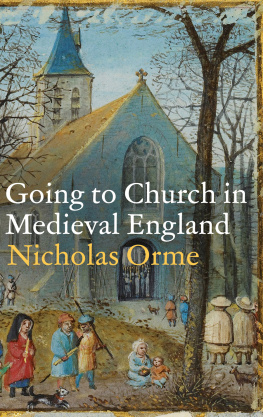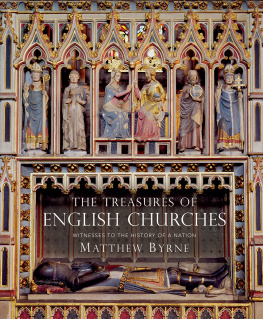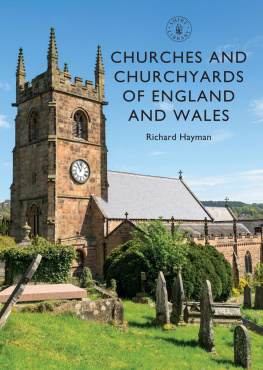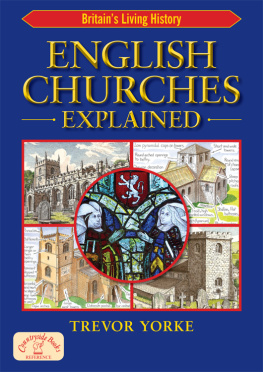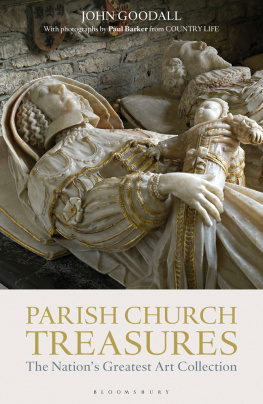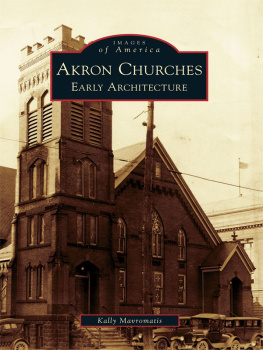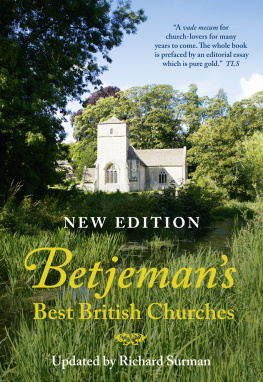Published in Great Britain in 2017 by Bloomsbury Shire (part of Bloomsbury Publishing Plc),
PO Box 883, Oxford, OX1 9PL, UK
1385 Broadway, 5th Floor, New York, NY 10018, USA
E-mail:
This electronic edition published in 2017 by Bloomsbury Publishing Plc
SHIRE is a trademark of Osprey Publishing, a division of Bloomsbury Publishing Plc.
2017 Matthew Byrne
All rights reserved
You may not copy, distribute, transmit, reproduce or otherwise make available this publication (or any part of it) in any form, or by any means (including without limitation electronic, digital, optical, mechanical, photocopying, printing, recording or otherwise), without the prior written permission of the publisher. Any person who does any unauthorised act in relation to this publication may be liable to criminal prosecution and civil claims for damages.
Every attempt has been made by the Publisher to secure the appropriate permissions for material reproduced in this book. If there has been any oversight we will be happy to rectify the situation and written submission should be made to the Publisher.
A CIP catalogue record for this book is available from the British Library.
Matthew Byrne has asserted his right under the Copyright, Designs and Patents Act, 1988, to be identified as the Author of this Work.
ISBN: 978-1-7844-2239-4 (HB)
ISBN: 978-1-7844-2240-0 (eBook)
ISBN: 978-1-7844-2241-7 (ePDF)
Cartography by Bounford.com
Page layout by Myriam Bell Design, UK
Shire Publications supports the Woodland Trust, the UKs leading woodland conservation charity. Between 2014 and 2018 our donations will be spent on their Centenary Woods project in the UK.
www.shirebooks.co.uk
Half title page: At Drayton Beauchamp church, Buckinghamshire, Lady Newhaven mourns the death of her husband, Lord Newhaven, who died in 1728.
Title page: Fairfield church stands alone on Romney Marsh in Kent.
Contents page: The capital of a fourteenth-century pier at the church of St Peter and St Paul, Dorchester-on-Thames, shows two cowled canons sleeping under an oak tree.

CONTENTS
BY MICHAEL PALIN
AUTHORS NOTE
THERE ARE OVER 30,000 CHURCHES and chapels in England. Of these some 16,000 are Anglican parish churches, of which about 10,000 predate the sixteenth-century Reformation. Roman Catholic and Free Church buildings account for the remainder. The National Churches Trust supports all these denominations in the care of their churches and chapels. Since only a minute fraction of such a large number can be described in one book the difficult problem of selection has been based on a number of criteria. The churches and chapels chosen are geographically and historically representative of the total. Thus, all areas of the country but not all counties are included. All the architectural periods and styles are presented, from early Anglo-Saxon to the modern era. In addition to this, the selection includes churches of very different types and character, from grand churches of cathedral size with sumptuous furnishings to churches of more typical size and, last but not least, those small, lovable ones that have escaped Victorian restorations and have retained their rustic character, not just externally but also internally, where the atmosphere is steeped in the spirit of past generations. All the important types of furnishings and works of art from within these buildings have been included in this work.
A book on churches can be created in a number of ways. The best way to enjoy the beauty and the thrill of a particular church is obviously by undertaking a personal visit to see every aspect of its architecture and furnishings and to learn about its history at leisure, preferably with a guide or guidebook. This seemed to provide the best model for a book one that would take a representative selection as described above and show each building in some detail as a visitor might find it. Although based on this approach only a very small number of churches and chapels could be chosen, it seemed preferable to presenting only fragmentary glimpses of a much larger number. The enjoyment of a church and its furnishings is of course essentially a visual thing and in a book it can only be enjoyed through the photographs, which are therefore the essence of this volume. However, there are many invisibles behind the visible features that make churches what they are. Churches are meeting places of the divine spirit with human beings, and the buildings in their present forms are the result of changing beliefs and attitudes in several spheres: religious, political, social, emotional and artistic. A knowledge of why, how and when this happened is likely to help in the understanding and enjoyment of what is seen. It is hoped that the text will complement the photographs in this way.
It seemed desirable to have some discernible system when choosing the order in which the selected churches were described. Although this book is in no way intended as a history of English church architecture the chapters are arranged in a broadly chronological order based on the ages of the churches to give the reader some sense of the passage of time over the centuries. Only a few churches belong entirely to any one period as the product of a single building campaign. In their architecture and furnishings most are a complex mixture of a long evolution, and in these cases the most important and interesting features have determined the placing of a church. Each of the chronological sections is preceded by a short summary of the principal features and, most importantly, of the distinctive spirit of the period. Hopefully this has avoided undue repetition in the chapters that follow.
Of course nothing in a book can equate with visiting the real places, and some readers of these guided photographic tours may be encouraged to visit these churches and chapels for themselves or some of the many thousands that cannot be included.
Matthew Byrne
December 2016
ACKNOWLEDGEMENTS
THE MAJORITY OF THE PHOTOGRAPHS in this book, as well as many others, were taken over a period of nearly 40 years. On my visits to each church I was accompanied by a silent guide and indispensable companion. From 1948 to 1974 Professor Sir Nikolaus Pevsner, an eminent architectural historian and indefatigable traveller, toured the English counties in turn inspecting all buildings of architectural significance, including their interiors where appropriate. During these inspections his sharp eyes missed little. Each night the days notes were written up to be later analysed and interpreted, leading each year to the publication of one or more of the county volumes of his monumental Buildings of England series. Since his death these volumes are being updated and enlarged continuously. They are indispensable to everyone interested in ancient or modern architecture, be it an individual building or a whole town or city. They have guided the planning of my excursions and my choice of things to photograph on site as well as greatly informing the text of this book. Unless otherwise stated all direct quotations are from this source. I am also indebted to the informative and well-produced guide books published by so many churches. They have been especially valuable in giving information about local personalities and events connected with the churches. However, I am solely responsible for any factual errors.
Access to churches outside of services is made possible only due to the generosity of many people. Many village churches can be open every day without an attendant. Some of Englands greatest architectural and artistic treasures reflecting the history of its people can be seen at close quarters, often in complete solitude. In busy city and town centres, to have the churches open for visitors it is often necessary for members of the congregation to serve in rotas as watchers and guides and to provide a friendly welcome. In remoter areas it is sometimes necessary to keep a village church locked for security reasons. There are people in vicarages, cottages and farmhouses who keep the key and who come to their front doors from kitchens, living rooms and gardens to hand it over with invariable good humour and, when necessary, to give advice on how to manipulate ancient keys in equally ancient locks in the right door. This lifelong church explorer, and I am sure many others, is grateful to these people who enable English churches to be always accessible to everyone.

